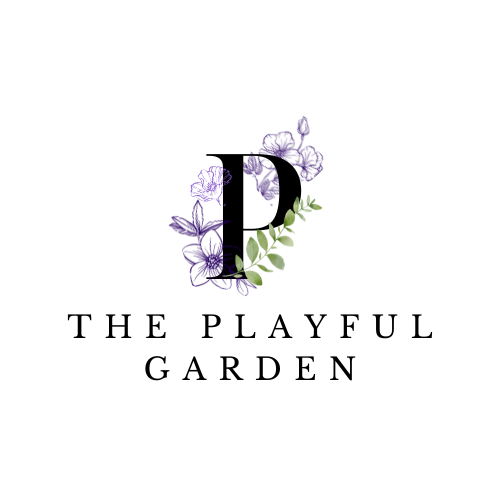Bring Lavender Fields Home
Incorporating Lavender into Your Daily Life
Lavender fields – the very mention of them conjures up images of the idyllic landscapes of Provence, with row upon row of fragrant purple blooms stretching as far as the eye can see. For many, a visit to the lavender fields of France is a bucket list experience, offering not only breathtaking vistas but also a sensory journey of scent and serenity. But why wait for a trip to France when you can bring the essence of lavender fields right into your own home? In this guide, we’ll explore everything you need to know about lavender – from its blooming season to its myriad uses – and provide practical tips on how to grow, enjoy, and incorporate this versatile herb into your daily life.
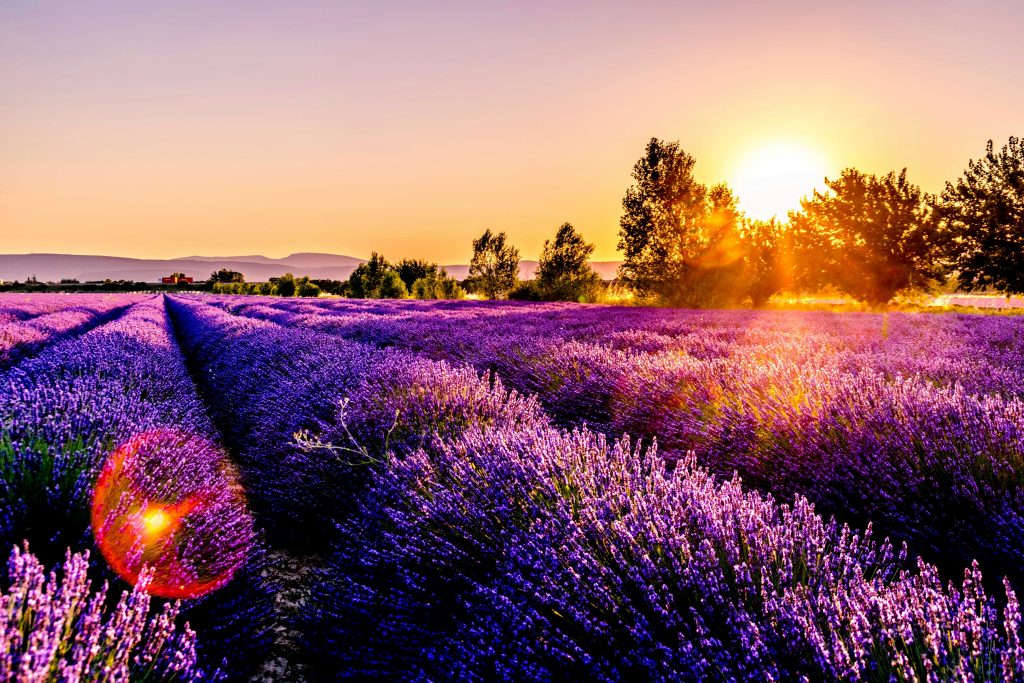
When Lavender Fields Bloom
Lavender typically blooms from late spring to early summer, depending on the variety and climate. The sight of lavender in full bloom is a feast for the eyes, with hues ranging from pale lilac to deep purple painting the landscape in swathes of color and fragrance.
Varieties of Lavender
Contrary to popular belief, not all lavender is purple. Lavender comes in a variety of colors, including shades of pink, white, and even blue. The most common lavender varieties include English lavender (Lavandula angustifolia), French lavender (Lavandula stoechas), and Spanish lavender (Lavandula dentata), each with its own unique characteristics and growing requirements.
Why France Has So Much Lavender
France’s ideal climate and soil conditions make it the perfect environment for lavender cultivation. The regions of Provence and the French Alps are particularly renowned for their lavender fields, where the plant thrives in the dry, sunny weather and well-drained limestone soils.
How to Bring the Benefits of Lavender Fields into Your Home
Bringing the soothing scent and vibrant color of lavender fields into your home is easier than you might think. Here are some simple ways to incorporate lavender into your daily life:
Taste
Indulge your taste buds with the delicate flavor of lavender by incorporating it into your culinary creations. Make lavender-infused drinks by boiling equal parts water and sugar and dropping in lavender petals. Strain and use the syrup to add a burst of flavor to your summer beverages and fruit salads. You can also enjoy the calming effects of lavender by brewing a soothing cup of lavender tea with dried petals.
Fragrance
Harness the calming aroma of lavender by using high-quality essential oils to create a serene atmosphere in your home. Add a few drops of lavender oil to your bath for a luxurious spa experience or apply it to hot packs to soothe tired muscles. Create a tranquil sleep environment by placing lavender sachets or eye masks filled with dried lavender buds near your bed.
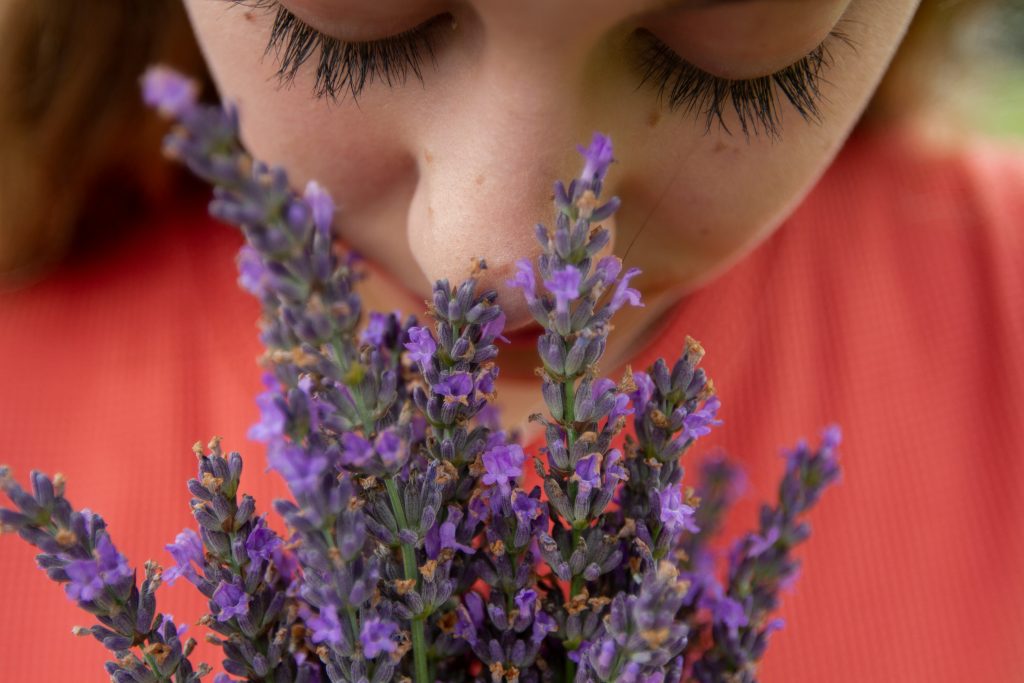
Aesthetic
Embrace the aesthetic appeal of lavender by displaying bunches of fresh or dried lavender throughout your home. Tie bundles of lavender onto gifts for a touch of elegance and charm that will delight the senses.
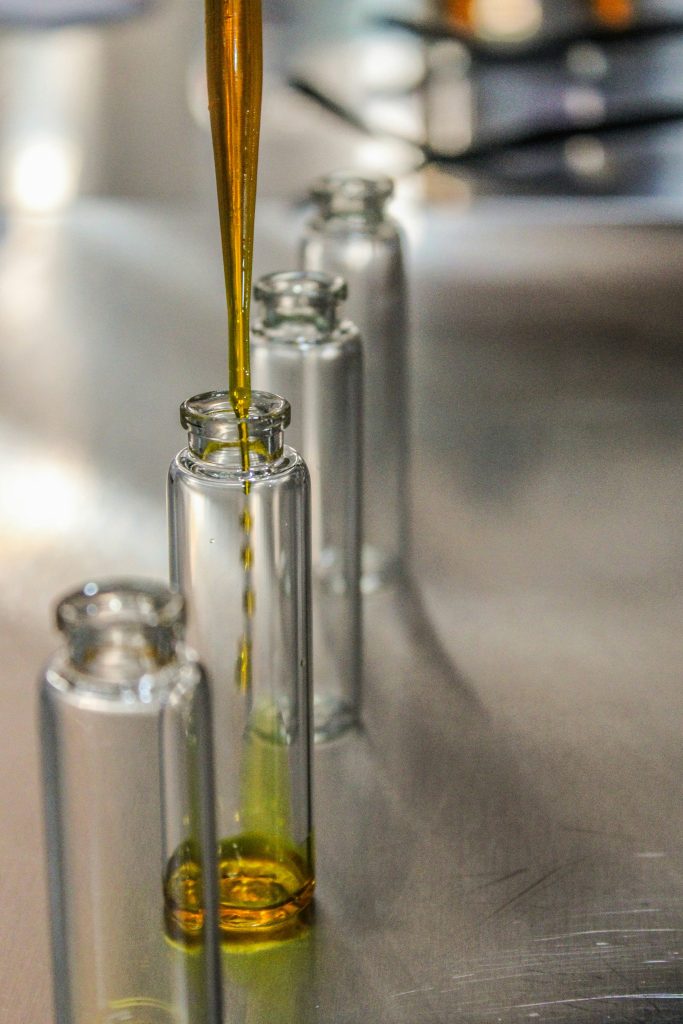
Relaxation
Experience the relaxation properties of lavender by incorporating it into your bedtime routine. Spritz lavender linen spray on your sheets or pillowcases before bed to promote a sense of calm and relaxation. Alternatively, diffuse lavender essential oil in your bedroom to create a soothing ambiance that will help you unwind and drift off to sleep.
Grow Your Own Lavender
For those with a green thumb, growing your own lavender can be a rewarding experience that allows you to enjoy the beauty and benefits of lavender fields right in your backyard. Here are some tips for successfully growing and caring for lavender:
How to Grow Lavender
Choose a sunny location with well-drained soil and plant lavender in early spring or fall. Space plants 12-18 inches apart and water sparingly to avoid root rot.
Growth Challenges
Lavender is sensitive to overwatering and poorly drained soil, so it’s essential to provide the right growing conditions. In areas with high humidity or heavy clay soil, lavender may struggle to thrive.
How to Dry Lavender
Harvest lavender blooms when they are fully open and hang them upside down in a cool, dry place to dry. Once dry, remove the flowers from the stems and store them in an airtight container for later use.
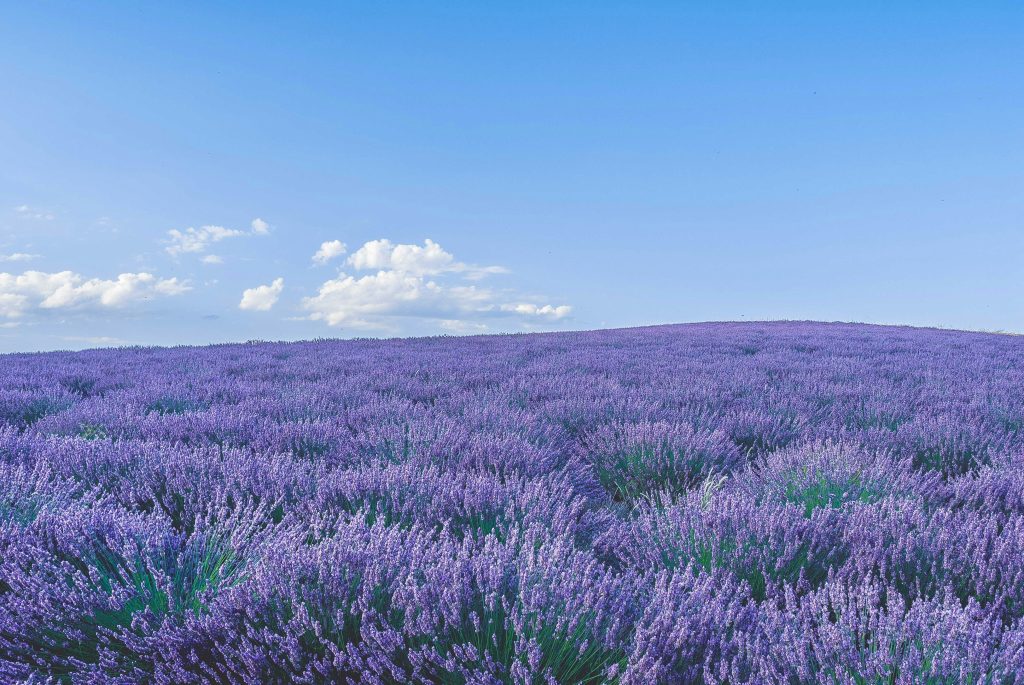
Overwintering Lavender
Protect lavender plants from frost by mulching around the base and covering them with a layer of straw or burlap during the winter months. In colder climates, consider growing lavender in containers that can be brought indoors during the winter.
Lavender Care
Prune lavender plants in the spring to encourage bushy growth and remove dead or woody stems. Fertilize sparingly with a balanced fertilizer formulated for woody plants, and avoid overwatering to prevent root rot.
In conclusion, lavender is not just a beautiful ornamental plant but also a versatile herb with a myriad of uses. Whether you’re enjoying its calming aroma, savoring its delicate flavor, or simply admiring its aesthetic appeal, lavender has something to offer everyone. By following the tips and techniques outlined in this guide, you can bring the essence of lavender fields into your home and enjoy the benefits of this beloved herb year-round.
